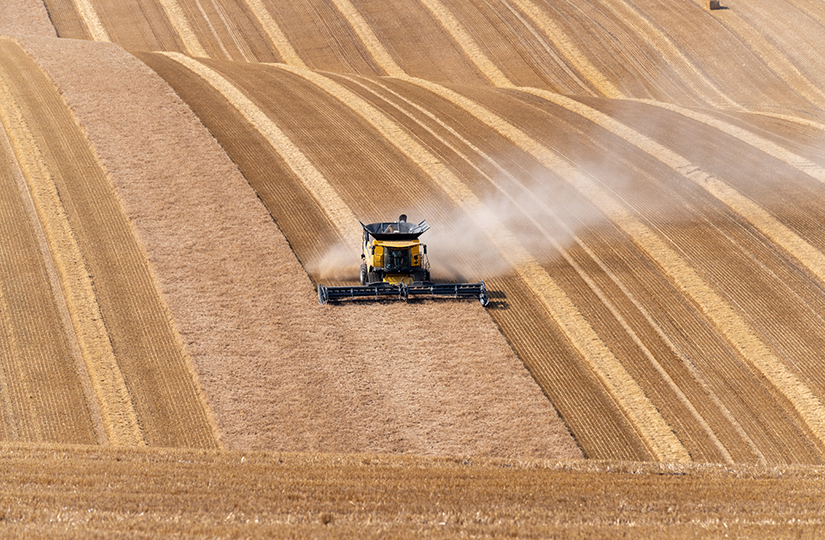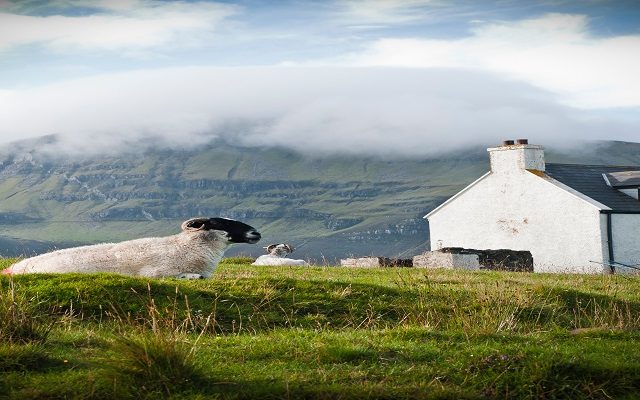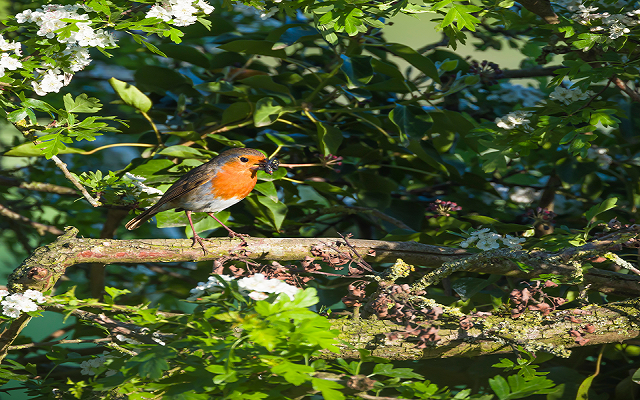Land Business Update | Week Commencing 18th July
Welcome to our update on key land management, farming, planning and energy issues.
FARMING AND FOOD
Details published on the new Welsh Sustainable Farming Scheme (SFS)
The proposed ambitious new scheme, which will be the main source of future Government funding for farmers in Wales, will aim to support sustainable and profitable food production, whilst addressing the climate and biodiversity challenges. The scheme will consist of three layers:
- Universal Actions – to be carried out by all farmers entering the scheme.
- Optional Actions – more targeted actions specific to land or landscape features. Farmers will choose which actions to deliver.
- Collaborative Actions – actions to be carried out in a collaborative way i.e. interconnecting habitats on landscape scale, developing supply chain opportunities.
The details published do not yet include payment rates, but proposals include that farmers entering the scheme will all be required to undertake a farm sustainability review, a minimum 10% of the farm will need to be tree cover, and a further 10% allocated to the creation or maintenance of semi-natural habitats. SFS agreements will run for 5 years, compared to 3-year agreements for the English Sustainable Farming Incentive scheme. It is expected that a Pilot Phase will run between 2022-2025, and a Transition Phase will run between 2025-2029. The Welsh Government will consult on this at a later date. Our blog post provides further details on the three scheme layers and the full government publication outlining the proposals can be found here.
New capital scheme opens in Wales to improve on-farm nutrient management
The Welsh Small Grants – Yard Coverings Scheme is now open and will close for applications on 5th August 2022. The £3 million pot of money aims to fund investment to separate rainwater and slurry from areas such as livestock feeding and gathering areas, slurry and silage stores. The grant will contribute towards 40% of a capital investment and is capped at £12,000, with the minimum grant set at £3,000. The scheme will help farmers achieve the requirements set out under The Water Resources (Control of Agricultural Pollution) (Wales) Regulations 2021. The applications can be done via Rural Payments Wales Online. A list of eligible capital items as well as further guidance are available on the Welsh Government website here.
Scotland’s Good Food Nation Bill
The Bill aims to address food-related issues by requiring the Scottish Government, local authorities and some public bodies to produce good food plans, so that Scotland is a Good Food Nation by 2025. It also includes a provision for a Scottish Food Commission. While quite ambitious and radical in many ways, it does not include a course for wider food system change. The National Good Food Plan should be published within 12 months of the Bill being passed.
Too much UK farmland used for livestock, says WWF
A new report from the environmental organisation says that wheat and barley grown to feed farmed animals in the UK uses 2 million hectares of land, which is 40% of the UK’s arable land area, and that this is an ‘inherently inefficient’ process of producing food for humans and that it is fuelling climate change and damaging nature in the UK and overseas. The report says that replacing animal feeds like soy and cereal with alternatives like grass, by-products and innovative feed ingredients such as insect meal, would free up land to grow food for people, including high value crops like fruits, vegetables, and nuts, and could be at the heart of a transition to nature-friendly regenerative agriculture. The Soil Association is also advocating a similar transition.
ENVIRONMENT
Scotland’s Biodiversity Strategy Consultation
The Scottish government is seeking views on its proposed Biodiversity Strategy, more specifically on its strategic vision, milestones and outcomes approach to get to its objectives. The strategy includes proposed outcomes for Scotland’s rural environment (farmland, woodland and forestry, soils and uplands), the marine environment, the freshwater environment and the coastal and urban environments. It is expected that the final version of the strategy will be published later on this year and will set Scotland’s biodiversity aims for the next 25 years, therefore replacing the current 2020 Challenge Strategy. The consultation document can be found on the gov.scot website, and people are invited to use the Government’s consultation hub to submit their views before the 8th September 2022.
Climate Change Committee damning in UK’s ‘glacial’ lack of progress towards targets
The Committee, which is the government’s official climate advisory group, has published a 600-page progress report for parliament. Of 50 key areas for action being pursued by the government, only eight were judged as being clearly on track to deliver the necessary emissions cuts. Two areas were highlighted as having the strongest progress – renewable energy generation and electric car use. Update on key land management, farming, planning, forestry and energy issues for week commencing 18th July. However, significantly for the property and land sectors, two areas of weakness were identified as energy efficiency in homes and land use and agriculture, despite being vital to delivering Net Zero and the Government’s other goals on food security and biodiversity. The Committee says that ‘progress in reducing farming emissions has been glacial. The Government’s Food Strategy of a fortnight ago did little to address these issues. They must be tackled in the new land use framework promised for next year.’ The Committee’s chairman Lord Deben said that: “The UK is a champion in setting new climate goals; now we must be world-beaters in delivering them.”
FORESTRY
Guidance framework agreed to help landowners with woodland establishment and peatland restoration in England
The Forestry Commission, Forest Research and Natural England have developed a framework to provide some guidance to ensure that woodland creation and expansion and peatland restoration are carried out in an integrated and complimentary way. It applies to England only, to new proposals for tree felling or woodland creation on peatland that require Forestry Commission scrutiny and approval under felling licences, current grant scheme rules and / or Environmental Impact Regulations for forestry. The main objective of the guidance is to avoid woodlands being sited in locations where it could adversely impact other habitats, more specifically peatlands, as this can have many negative environmental consequences. For instance, any soil disturbance or peat drainage to establish woodland releases stored carbon into the atmosphere and as dissolved organic carbon into watercourses, counteracting the carbon sequestration and storage benefits of tree planting and further contributing to GHG emissions. The guidance is available on gov.uk here.
PROPERTY
Scottish Government consulting on plans to transform land ownership in rural Scotland
The Scottish land market has developed dramatically in a short space of time, due to the impact of COVID-19, the climate crisis, and the developing market for varying forms of carbon sequestration. The Scottish Government has responded by publishing proposals for a new Land Reform Bill, which it says will be introduced by the end of 2023. Key proposals include:
- The introduction of a public interest test for transfers of large-scale landholdings.
- Requiring owners of large landholdings to comply with the Land Rights and Responsibilities Statement and its codes.
- Making it compulsory for large-scale landowners to publish Land Management Plans.
- Introducing a requirement for owners of large-scale holdings to give prior notice to local community bodies of their intention to sell.
- Introducing a new flexible Land Use Tenancy to remove barriers to tenants from undertaking a combination of agricultural and non-agricultural activities.
ENERGY
Solar PV options back in the spotlight for farmers
The average cost of energy to UK farmers has risen by about 100% in the past year. This rise is due to a global increase in wholesale energy prices combined with local challenges such as low winds, outages at some nuclear power stations and a fire at a National Grid site in Kent which impacted power cables running between England and France, importing electricity from the continent. Clients that use large amounts of electricity should review their electricity agreements and re-consider solar PV installations. Our blog post covers in more details the PV opportunities for farmers and contact Lauren Gibson Green about the different levels of energy review that the Energy Team offers.






